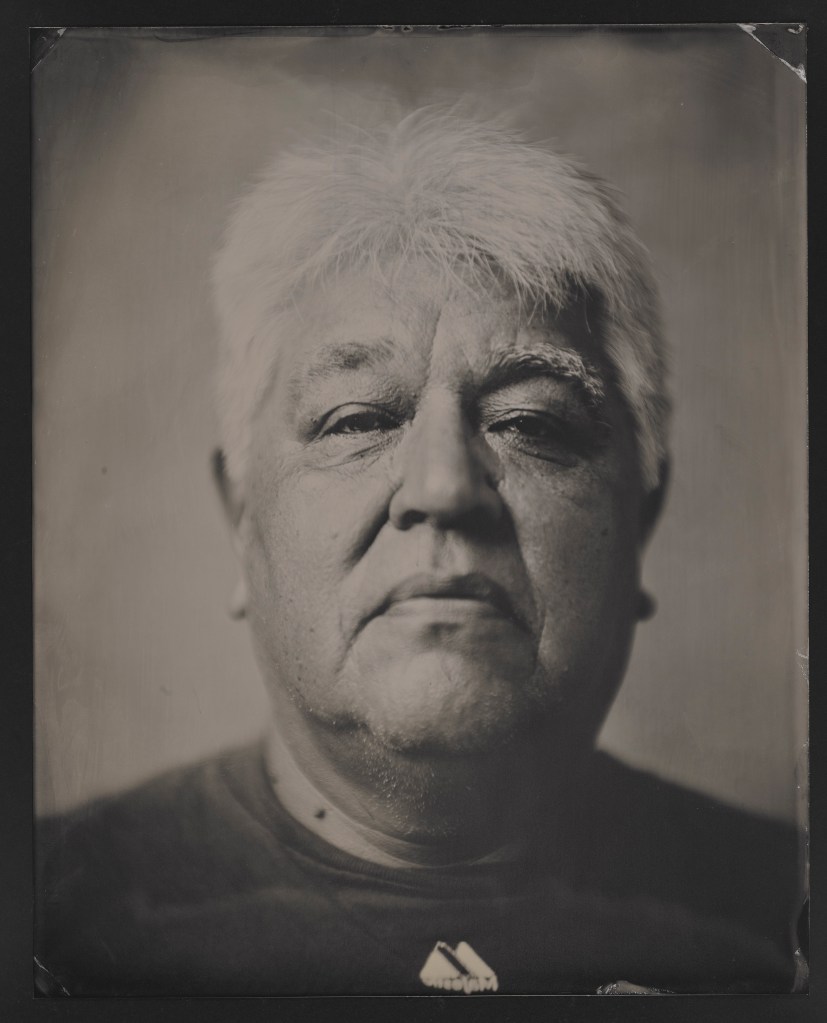Solomon Awa often finds himself translating documents from Inuktitut to English and back for his job. When he heard about a new online Inuktitut text translator, he wanted to see if it could save him some time but found the translations were riddled with mistakes.
“Sometimes it’s close, but sometimes it gave the opposite meaning, or one that was misleading,” said Awa, the language marketing manager at Inuit Uqausinginnik Taiguusiliuqtiit, a Nunavut-based organization that promotes and protects the Inuit language.
Videos by VICE
At the end of January, Microsoft announced it was adding Inuktitut to its online text translator—a first for an Indigenous language spoken in Canada. Now any of the 70-odd languages that exist in Microsoft Translator can be translated to or from Inuktitut, the main dialect of Inuktut that is spoken by 40,000 people from Alaska to Greenland and the mother tongue of 65 percent of Nunavut’s population.
“The ability to communicate through these mediums is vital for the preservation of Inuktitut,” said Margaret Nakashuk, Nunavut’s Minister for Culture and Heritage.
And because Inuktut is Nunavut’s official language along with English and French, Microsoft Translator could be a useful tool to help ensure compliance with language legislation. “I’ve tested it out, and it’s a great tool to be like a first step in making sure that obligations are being followed by the private sector and territorial institutions,” said Karliin Aariak, the Nunavut languages commissioner.
To bring the translator into being, Microsoft worked closely with the Nunavut government, and volunteer Inuktitut speakers validated and tested the translations. Any standardized Inuktitut translation project is made complicated by the diversity of dialects spoken across the Arctic, which are generally mutually understandable but have local differences.
Canada’s legacy of colonization and assimilation resulted in many Indigenous communities losing language speakers, but Indigenous-led initiatives are actively trying to make once threatened mother tongues more accessible. Today there are more than 70 Indigenous languages spoken by roughly 260,000 people in Canada, but over half of those are at risk of extinction.
Louis-Jacques Dorais, an Inuktitut speaker who is a retired researcher of Inuit language and culture at the Université Laval, called the tool a “tour de force.”
“Language is a part of identity, even if you don’t speak it or use it regularly, so it’s important for the government to recognize that the Indigenous peoples have their own language and that it’s important to their way of thinking,” he said.
While for now Inuktitut speakers say the translator needs a vigilant second pair of eyes to vet its translations, many consider it a meaningful way to preserve Inuktitut. Despite recent efforts to revitalize Inuit languages in Nunavut, they declined from 72 percent to 65 percent between 2001 and 2016.
Like with many automated translation efforts, Microsoft’s tool is far from perfect. Awa said fluent Inuktitut speakers would recognize the low-quality translations, but people less acquainted with the language might not.
Inuktitut is a polysynthetic language, which means it constructs sentences by adding elements that describe place, time, size, and more onto a root word. With every suffix or affix that is added, the meaning of the root word changes completely. For this reason, Inuktitut uses single words to express what other languages need a full sentence to say.
Dorais said he tried the Inuktitut translator from English to Inuktitut, and the Inuktitut was “totally wrong.” “‘I ate macaroni last year’ became ‘May you have been lazy last year,’” he said.
Until Microsoft’s translator improves, Awa will likely continue translating his own documents. “It takes more time to fix the wordings with the translator because I (still) have to rewrite half of it.”
Follow Michaela Cavanagh on Twitter.






